Nearly a century ago, Flora Ferguson was able to get about Lochaber with the help of a motor bike paid for by the government.
In 1926 she was the first district nurse in the Highlands to use the vehicle to visit her dispersed patients across a large rural area.
Flora’s grant-assisted transport came about due to a remarkable, pioneering scheme that gave the north of Scotland its own health service decades before the formation of the NHS.
The Highlands and Islands Medical Service (HIMS) of 1913 revolutionised medical care in the region and was one of the first state-subsidised health services in Europe.
It covered more than 300,000 people in the traditional crofting counties, from Argyll to Shetland, at a time when medical and nursing services were either poor or non-existent.
HIMS is regarded as a forerunner for the NHS in Scotland and a model for other health services, including those in Kentucky and Newfoundland.
Health service study helps ex-MSP graduate
Some 100 years after its formation, its influence was the subject of a dissertation by former North MP and MSP David Stewart who recently graduated with a master of science by research degree with merit from Edinburgh University.
Mr Stewart, who retired from politics in 2021, was also awarded a prize for best overall performance in the School of Social and Political Science’s MScR department.
The two-year course involved him travelling regularly to Edinburgh from his home in Inverness and studying online.
His graduation came almost 50 years since he first went to Paisley University to study politics.
Mr Stewart, who qualified as a social worker, decided to combine his interests in health, history and the Highlands and Islands in his studies during retirement.
He sourced a lot of material from the Highland Archive Centre and also interviewed historians, including Prof Jim Hunter, emeritus professor of UHI’s Centre for History, and doctors including Dingwall GP Miles Mack.
“I became fascinated by the subject”, says Mr Stewart, 67, who studied alongside students in their 20s on his course.
“Basically, this was a state-subsidised health service for 300,000 people, 35 years before the NHS was set up.
“Not many people I asked even knew this existed, but it was an unbelievable system.
“It wasn’t without fault, but one of the main things I discovered was that, after viewing elements of this system in the Highlands, both Kentucky and Newfoundland copied elements of it to set up health services.
“That’s how good it was.
“As far as I know, no one made that connection before and I found it fascinating to learn about it.”
Health service set up with £42,000
HIMS came into being in 1913 with a £42,000 grant from the Treasury (worth £6,200,363 by 2023 prices).
Prior to that, the Highlands and Islands suffered from inadequate healthcare, untreated disease and poor transport.
Doctors and nurses struggled on low wages and a lack of housing.
In 1910, life expectancy for men was 50.1 and for women 53.2 and in some Highland parishes uncertified deaths were 80% of all recorded deaths.
The problems were highlighted in a 1912 report of the HIMS committee, chaired by Inverness-shire MP Sir John Dewar, and set up by Prime Minister Asquith.
It argued for a UK Government grant to provide health services under a single umbrella.
It led to doctors getting a minimum wage and the appointment of 100 Queen’s Nurses.
Patients were provided with medical care for a small fee and hospitals’ capacity increased.
The changes meant working in remote communities became attractive and care was delivered to all sections of the community, at a standard higher than many other parts of Britain.
A subsequent report in 1936 showed major improvements across the Highlands and Islands.
The system was later studied by Mary Breckinridge, an American nurse and midwife, who read about HIMS in international medical journals and visited in 1924.
She reported at the time North Uist had four nurses/midwives and a doctor.
After moving to Kentucky in 1925 she founded the Frontier Nursing Service and later wrote in her book: “The system used by the Frontier Nursing Service is an adaptation of the methods used in the Highlands and Islands work.”
HIMS was also the principal model for the Newfoundland Cottage Hospital System (NCHS) established in Canada in 1934.
The commission that set up the system used the complete Dewar analysis and recommendations in its own findings.
Highlands treated differently
Mr Stewart said: “A big takeaway for me from my studies is that the Highlands was the origin of health services for other parts of the world.”
He said HIMS sits alongside crofting legislation and the development of hydro power in making the Highlands and Islands a special policy area for governments.
“There was a track record at the time of governments treating the area differently due its geography.
“You could argue the green freeport is an example of that recently, and the A9 an example of it being treated differently in a bad way.”
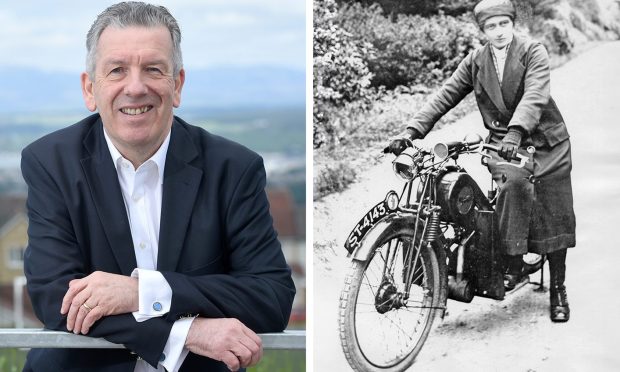

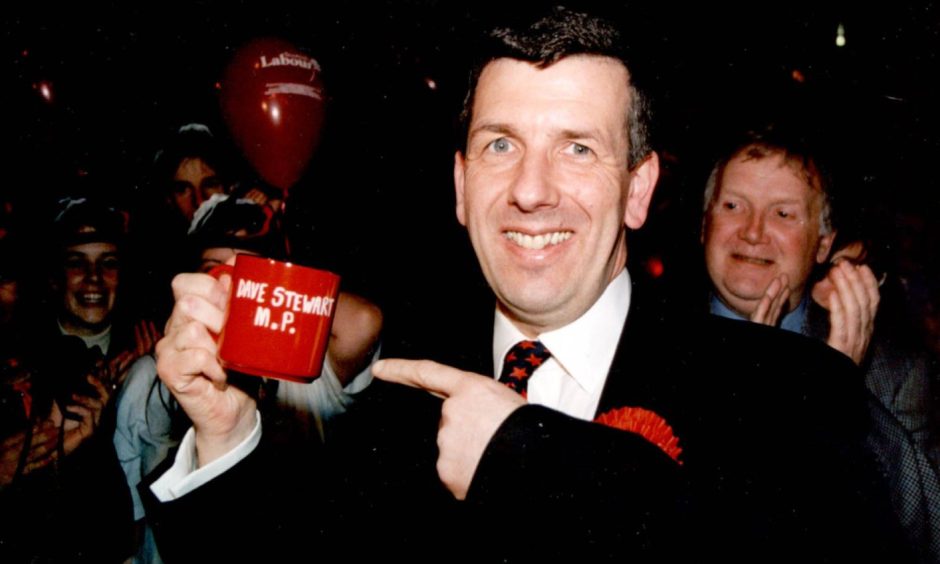
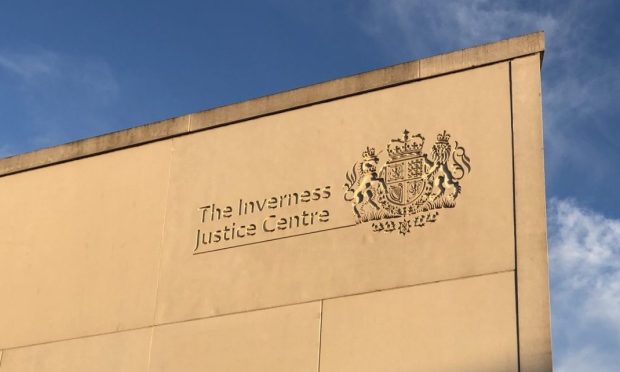
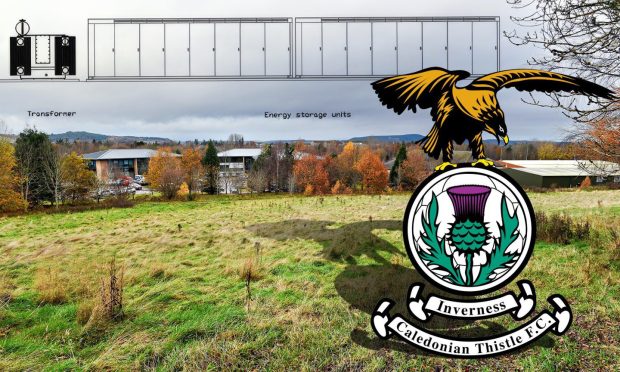
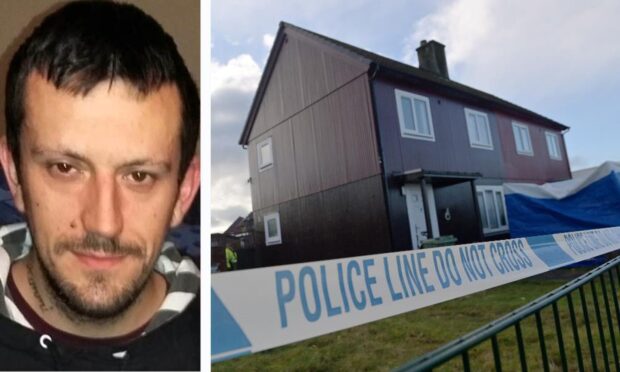
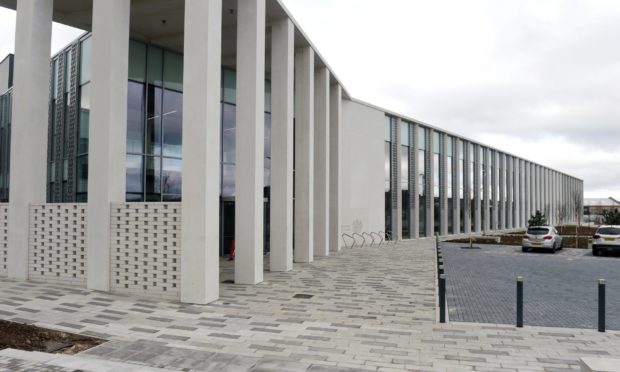
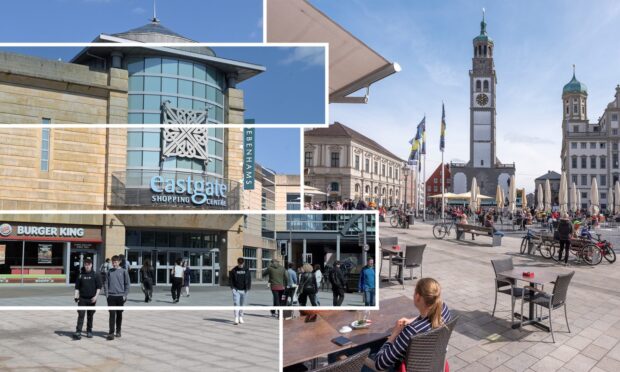
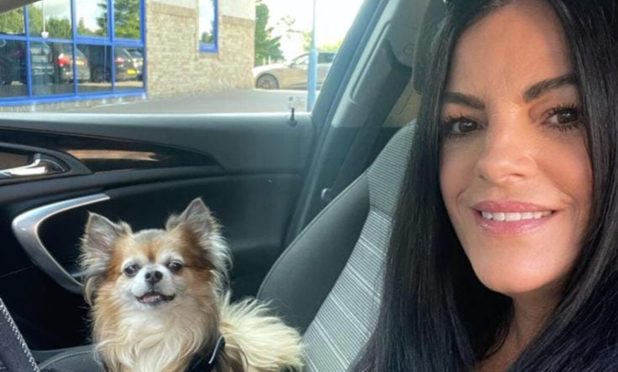
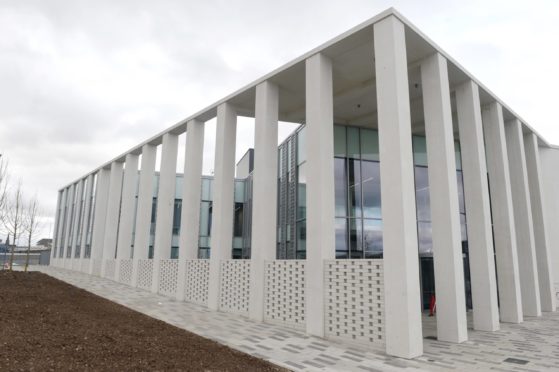
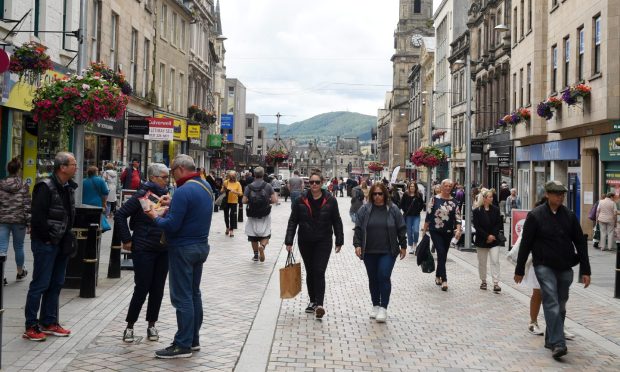
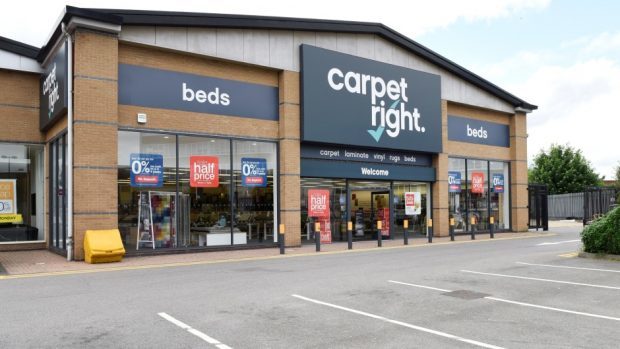
Conversation